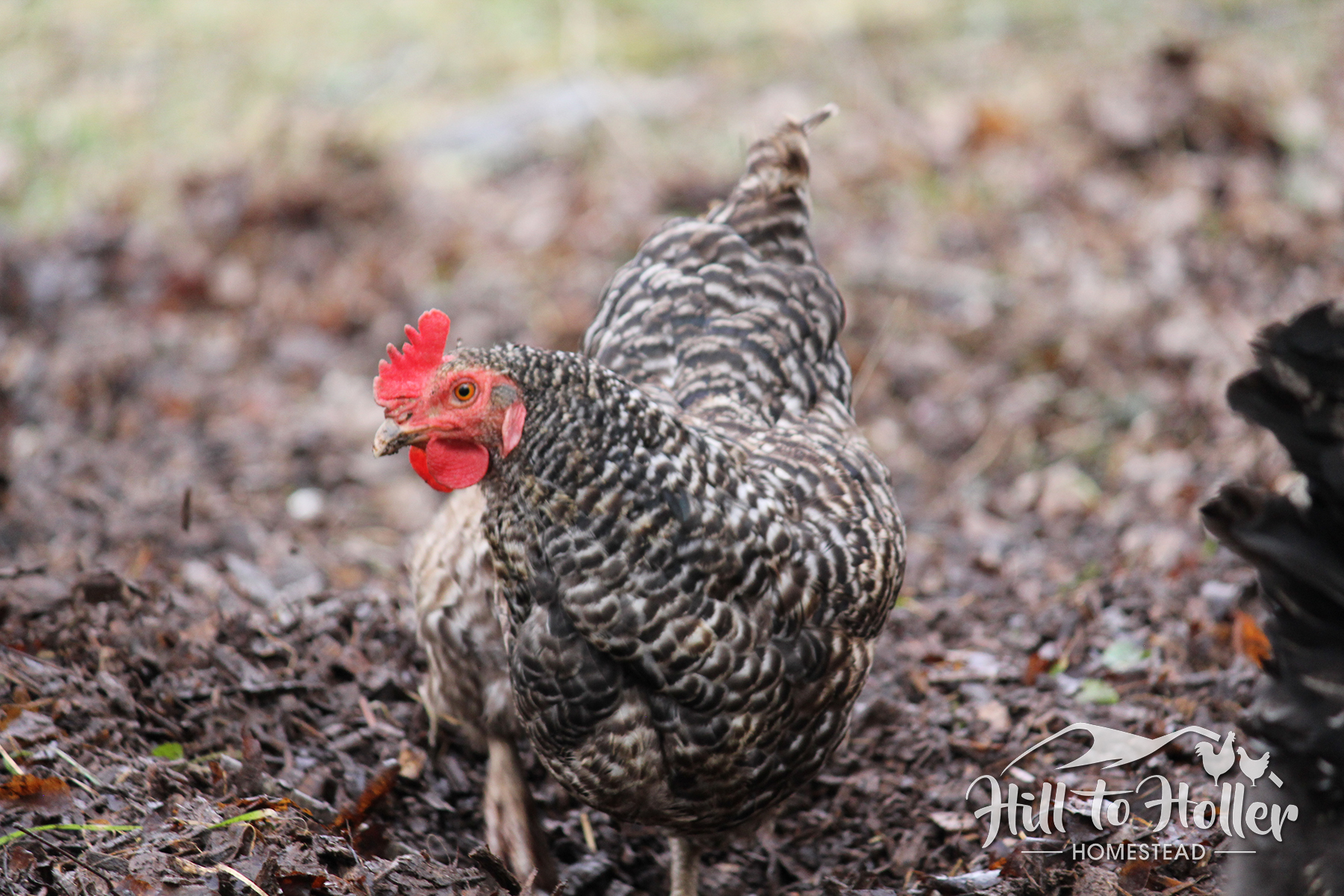Meet The Flock – Loretta
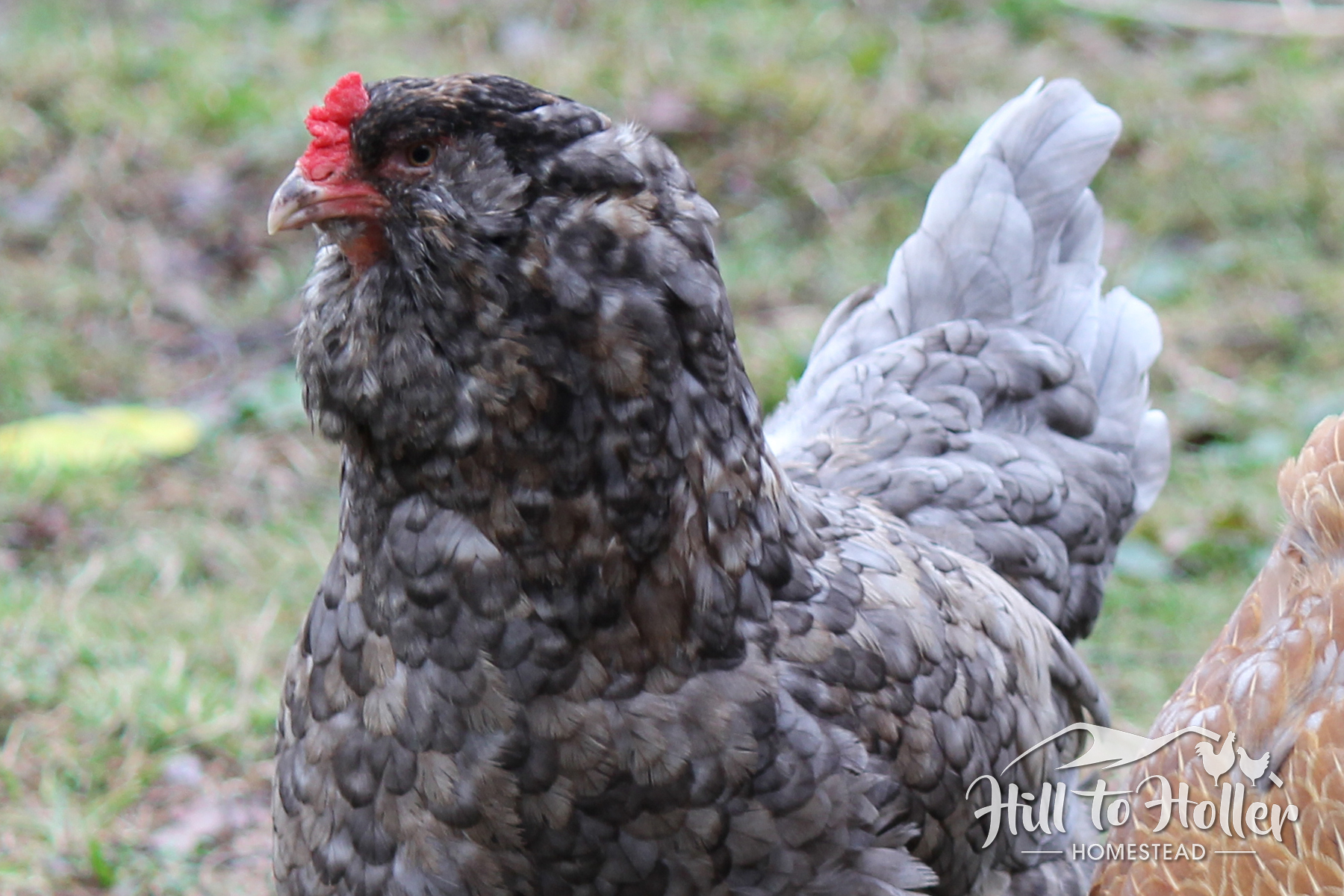
Loretta is our newest of the “big ladies”, joining us on October 4th 2022. She was named in tribute to Loretta Lynn who had unfortunately left this world that morning.
An Olive Egger, Loretta reliably provides a splash of color to our egg basket, her eggs ranging in shades of green from yellowish to silvery to khaki, sometimes speckled, and anywhere in between. She’s a close second to Barbara when it comes to prolific laying, and didn’t miss a beat all winter long.
Loretta is relatively social and friendly, but can be a bit aloof at times, and is the only one of the flock who has yet to eat from our hands. She’ll run over and happily peck at our feet or eat crumbs that fall from our hands, but no matter how much we try to coax her to take a delicious snack from our fingers, all she gives in return is an extended neck and suspicious side-eye.
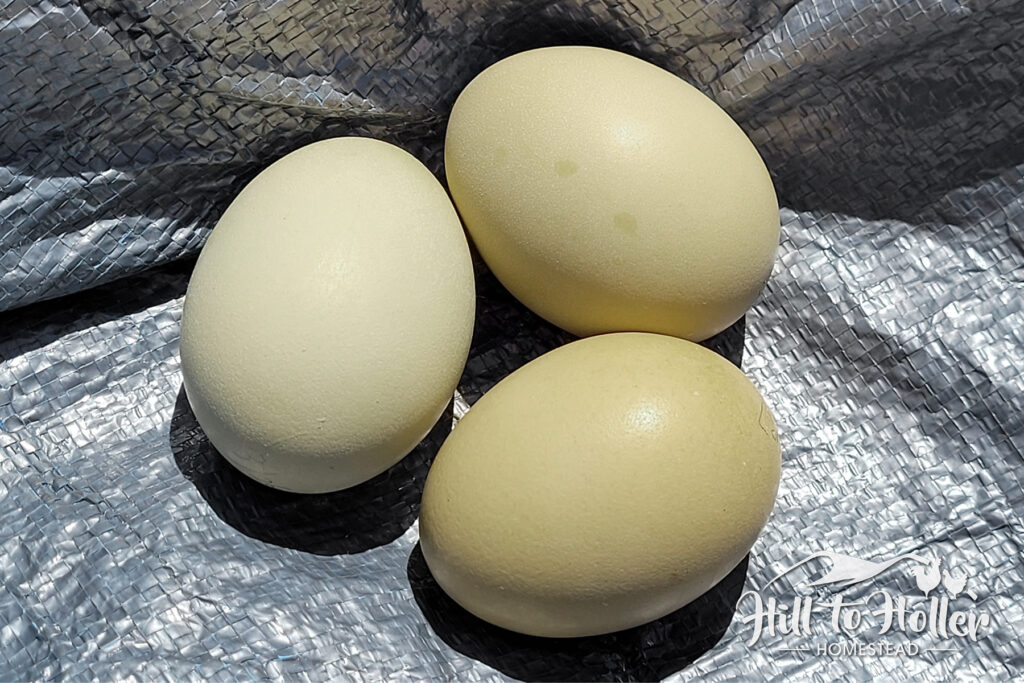
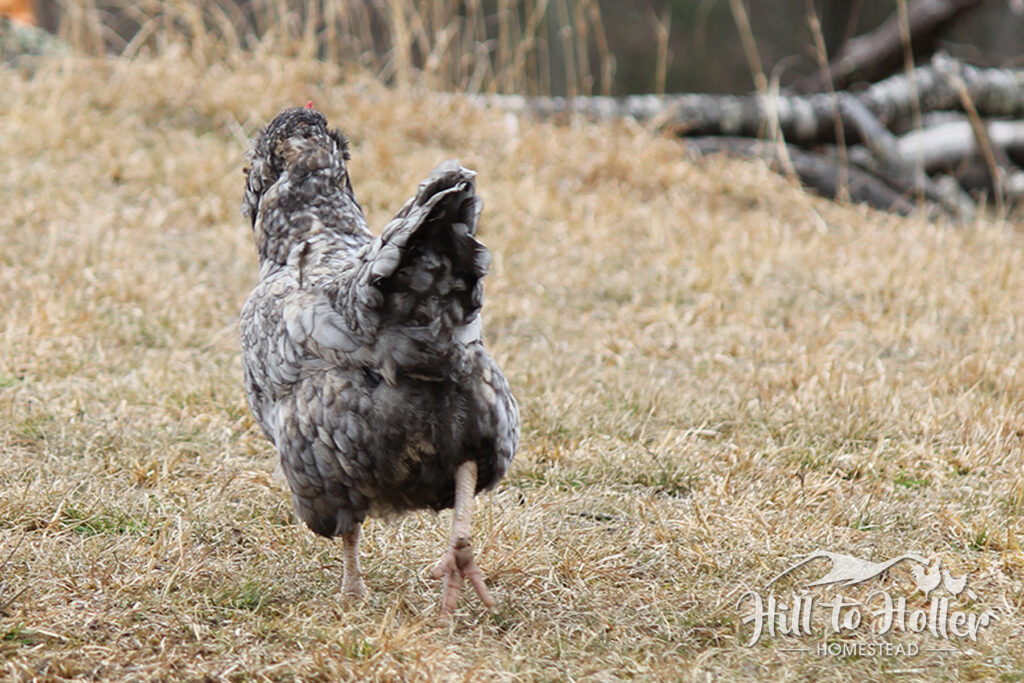
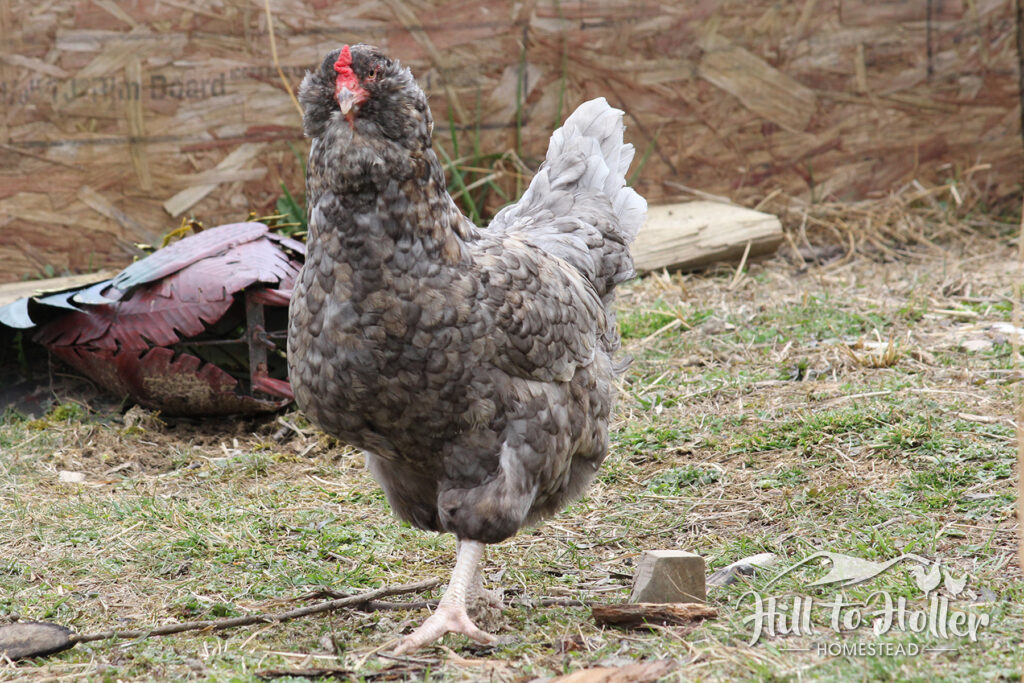
Meet The Flock – Troublemaker
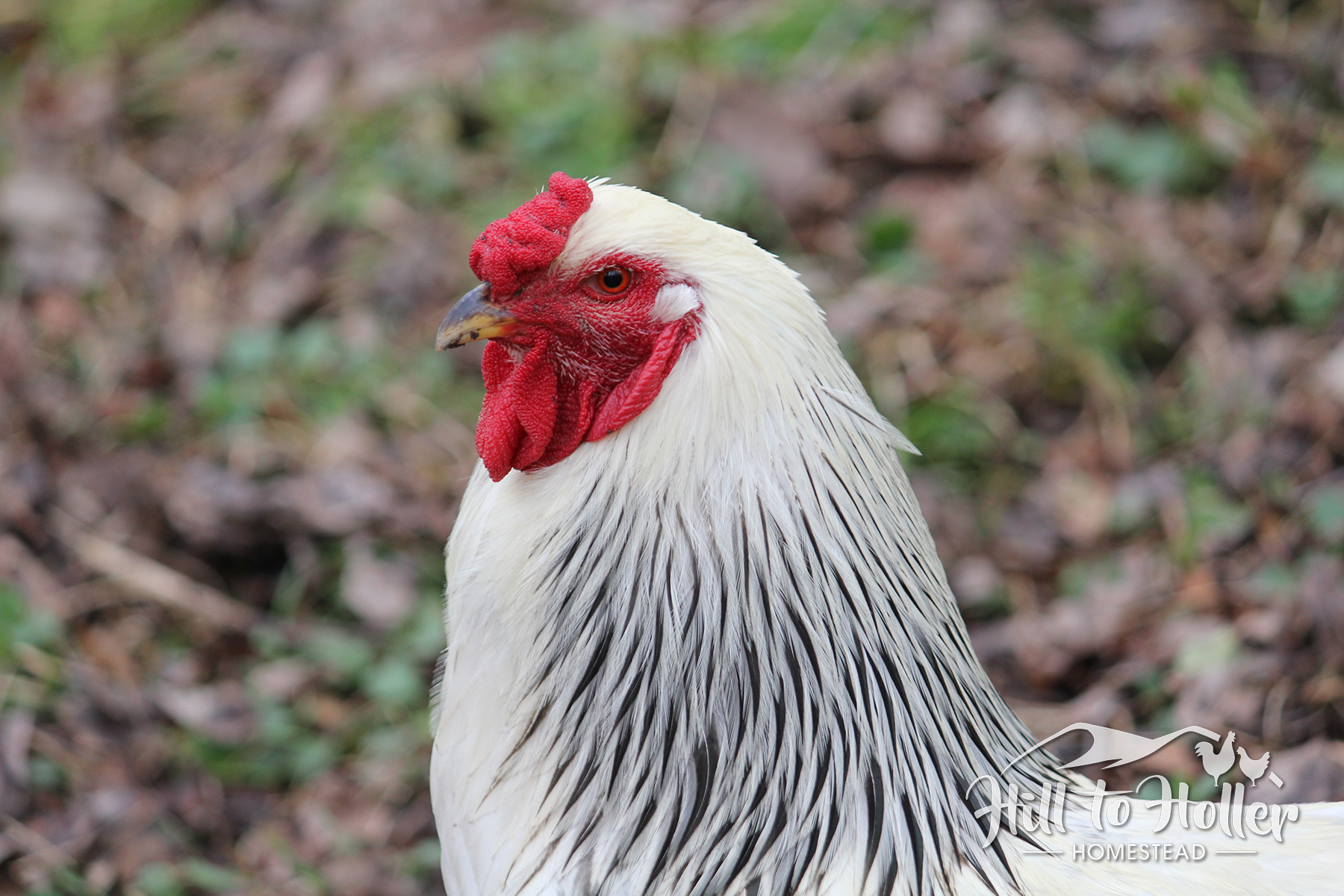
Troublemaker is our main man in command. He’s one of our original Light Brahmas, and there was no doubt from day one that he was a rooster.
As a chick, he was particularly mischievous, earning his name when he was less than a week old. He was always the one who tried to escape from the brooder, squawk like he was being kidnapped upon being picked up, and crane his neck to check out any nearby activity.
Today, he’s grown into the quite the handsome man, tall and broad, with a plump comb and flowing tail feathers. He always takes care of his girls, calling them over for snacks and still wooing them with his little dance.
A laid back and friendly fellow, Troublemaker still comes running over to eat from our hands, and gets along with the other guys, but isn’t afraid to show his top dog status when the guineas start harassing his ladies.

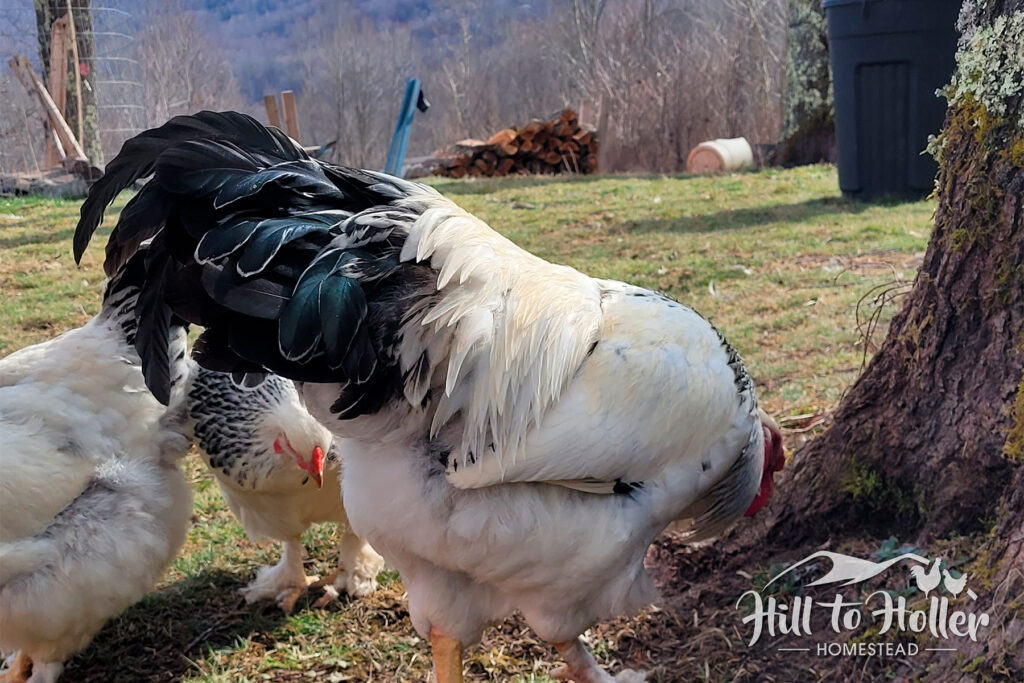
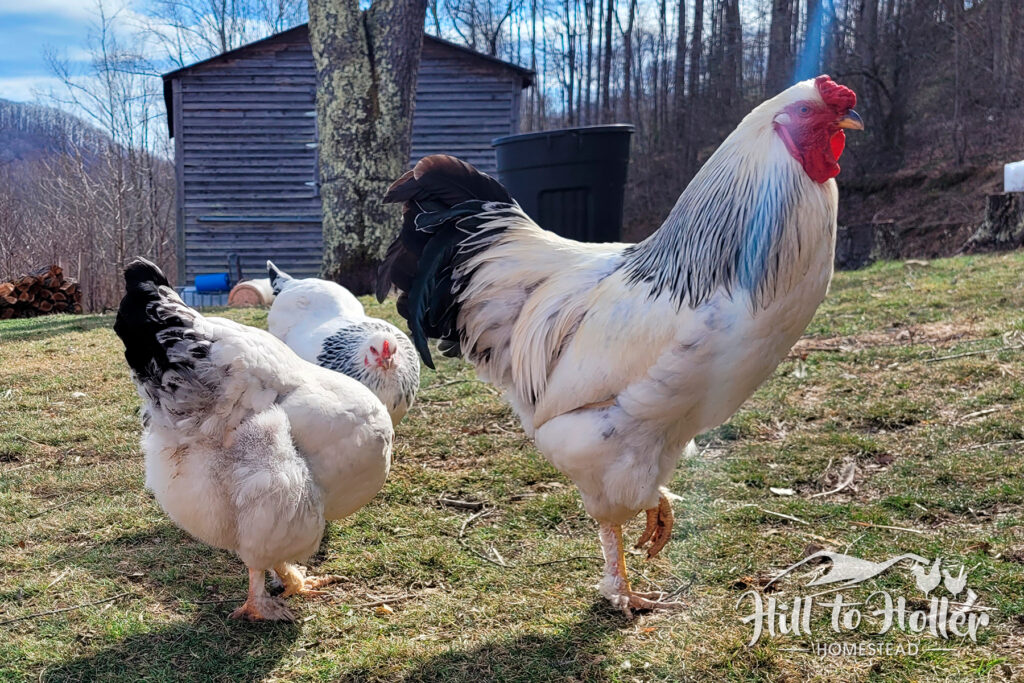
Upcoming Chicks – 3/25/2023
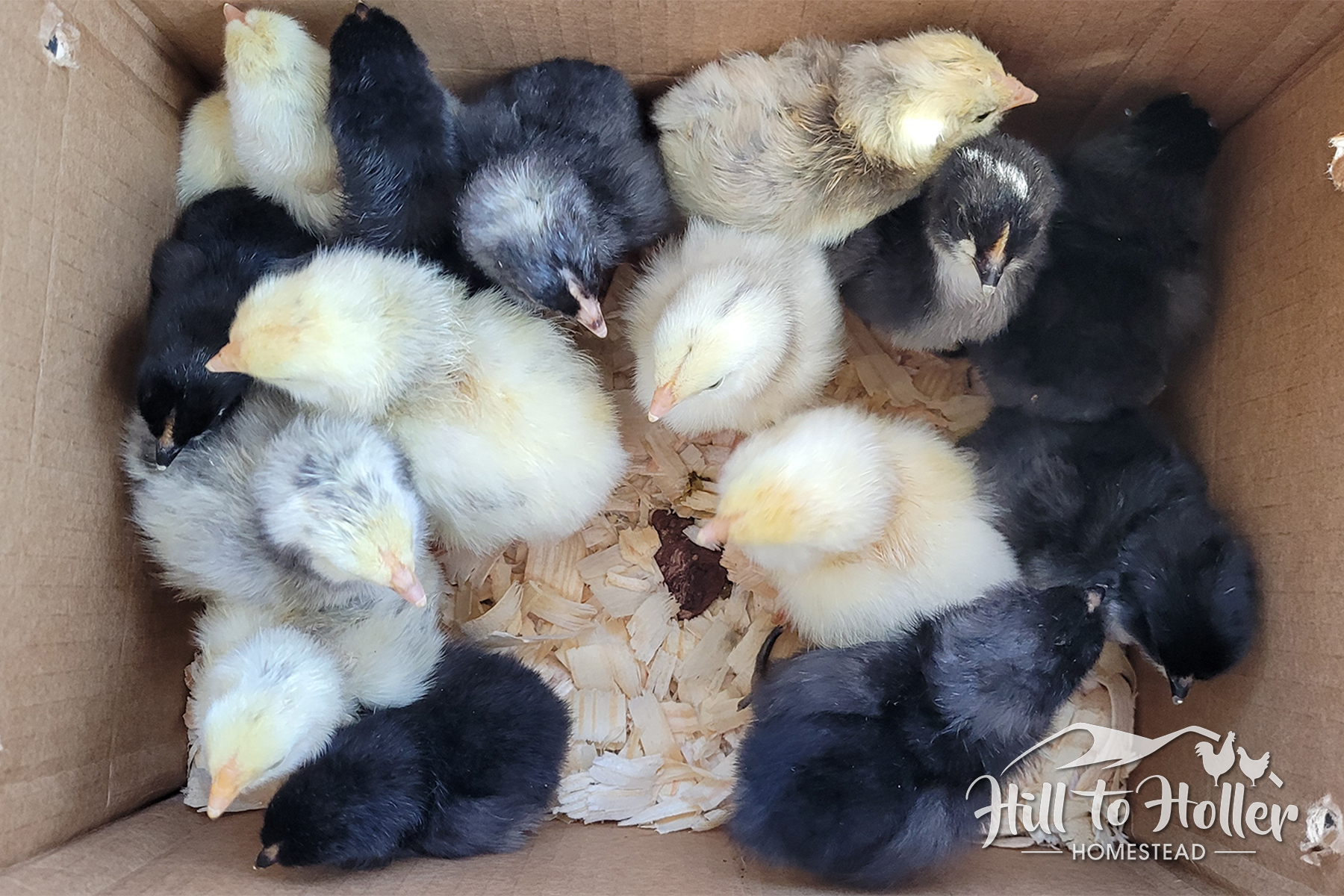
We will have more chicks hatching around 3/25 🐣🐥
Please message us on Facebook, via the chat button below, or email chickens@hilltoholler.com if you’re interested.
🌈 Color Layer Mix
Light Brahma rooster over the following hens-
Crested Cream Legbar (blue)
Easter Egger (teal)
Olive Egger (green)
Cuckoo Marans (cocoa)
🟫 Brown Layer Mix
Light Brahma rooster over the following hens-
Australorp (light brown/tan)
Barred Rock (medium brown)
Buff Orpington (pink/tan)
Silver Laced Wyandotte (tan/medium brown)
⬜ Pure Light Brahmas
(waitlisted until est. 4/8)
We also have hatching eggs of the above mixes available 🥚🐣
All chicks are straight-run unless specified otherwise. Chicks are social and don’t do well alone, so there is a 3 chick minimum. Local pickup only, we will meet within reason in the greater Summersville WV area.
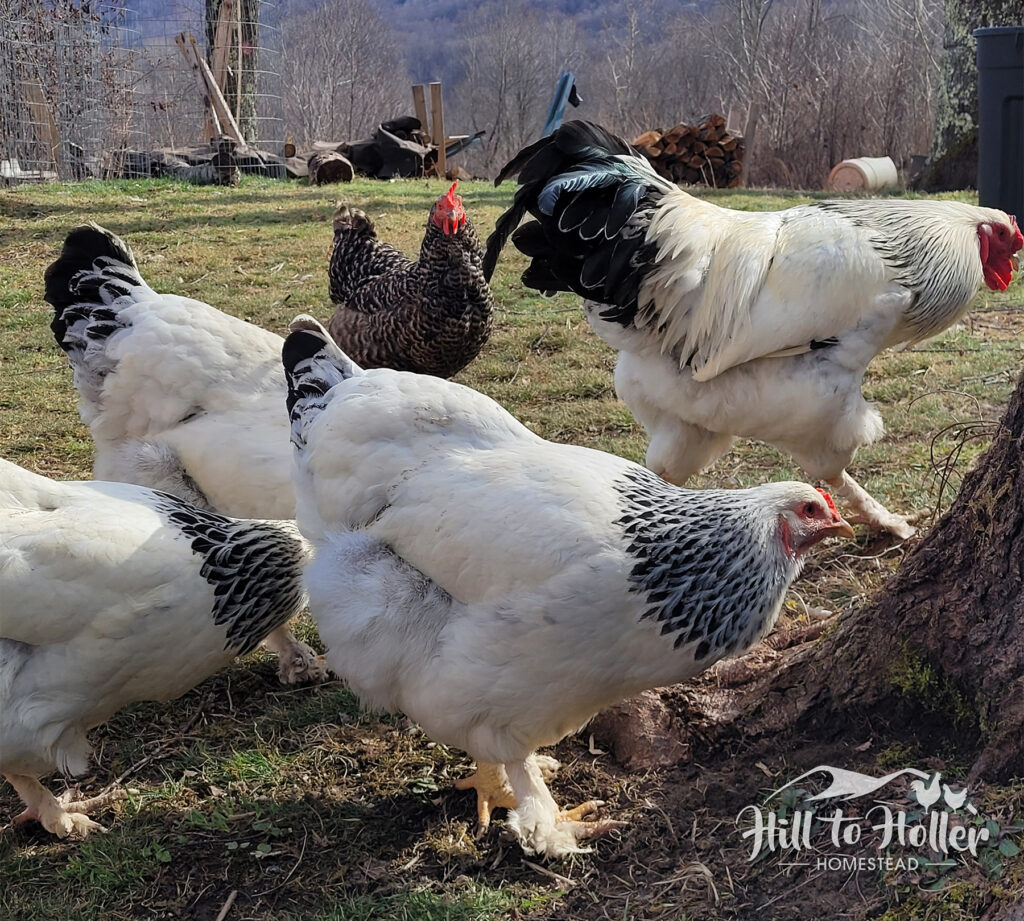
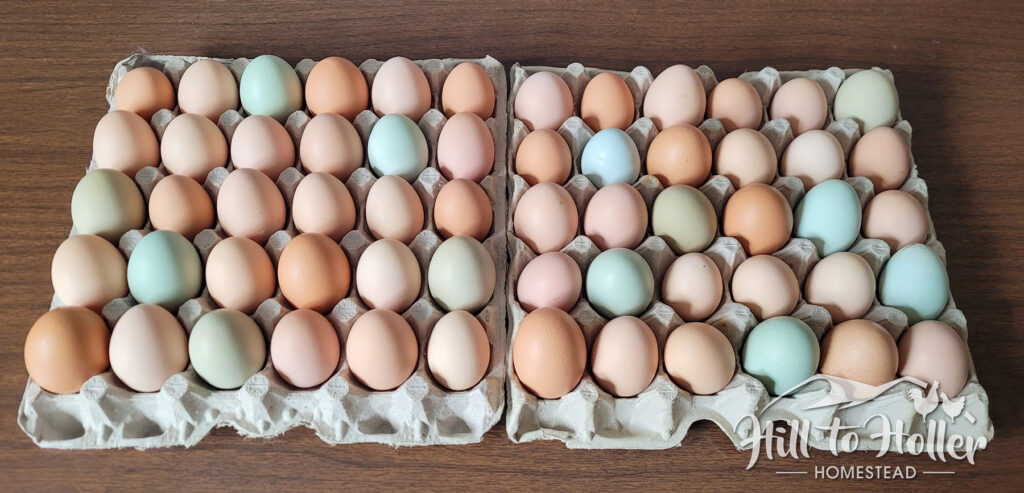
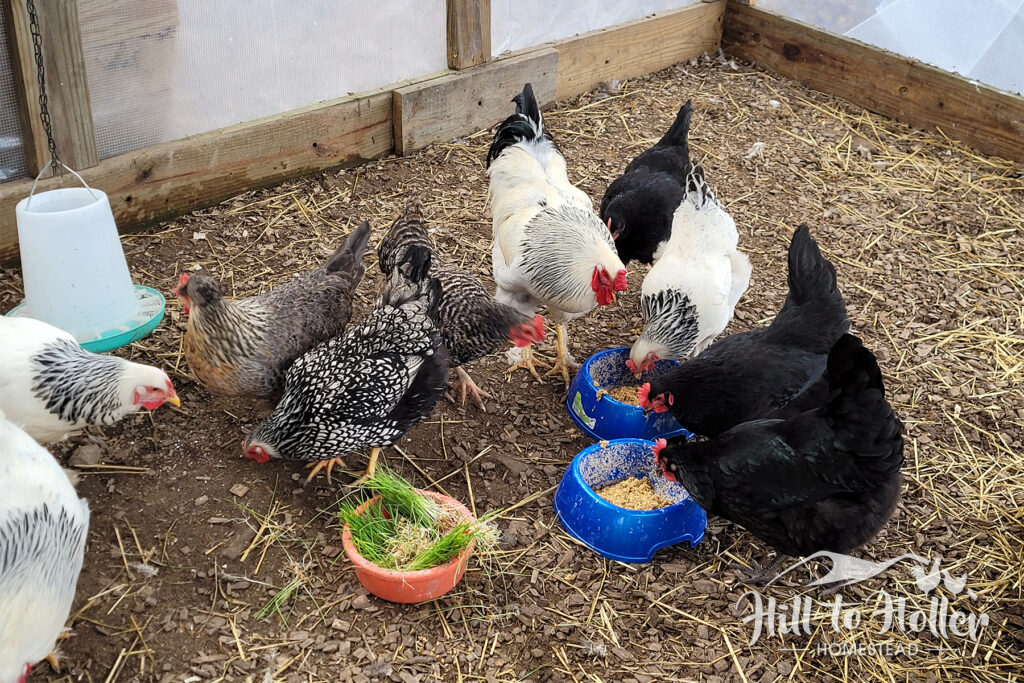
Please message us on Facebook or email chickens@hilltoholler.com if you’re interested.
Meet the Flock – Sniper

Sniper is one of our original six Light Brahmas, and joined our flock when she was just a few days old, still tiny, fluffy, and adorable.
That cuteness never fooled anyone though- she hatched with the eyes and beak of a seasoned hunter, which is what led to her quickly earning her name. Her broodermates were twice her size, but they never stood a chance when anything new or interesting popped up, she’d be the first of the bunch to go check it out and see if it was something edible.
At just a few weeks old on her first field trip outside, she instantly started zooming about and at mach speed would pluck up snacks that were seemingly invisible to everyone else. Not a single creepy crawly would manage to escape Sniper’s keen eye.
She’s grown now, plump and fluffy-butted as ever, still honing her keen eye for critters and bugs on the move. She’s the first to come running when we head outside, first in line when it’s snack time, and will always strike a (sometimes silly) pose when the camera comes out.

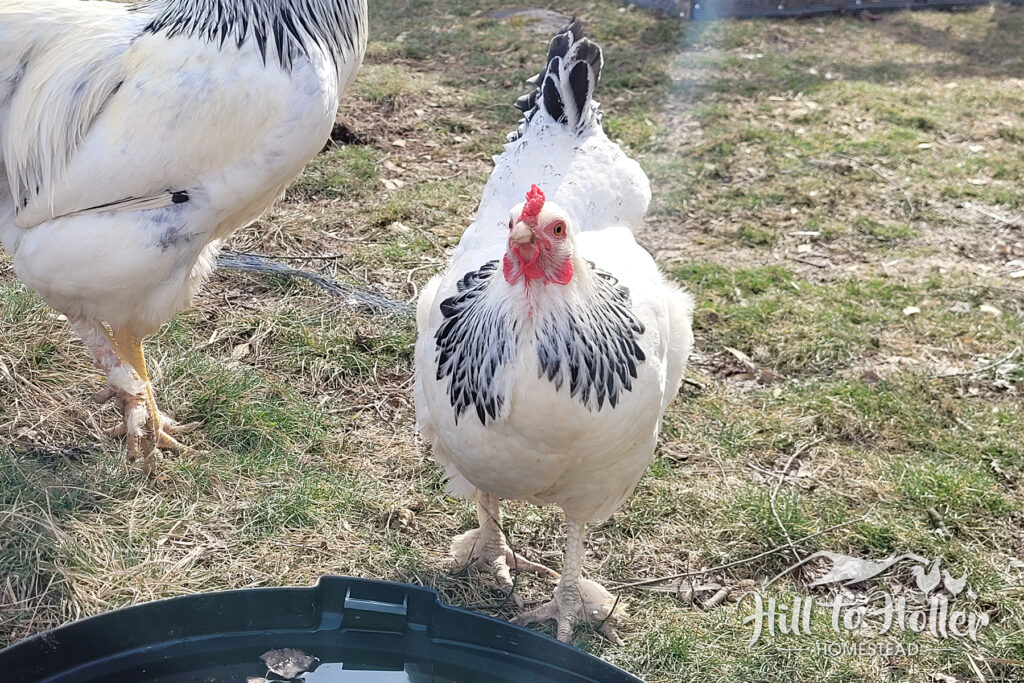
Meet The Flock – Lucielle
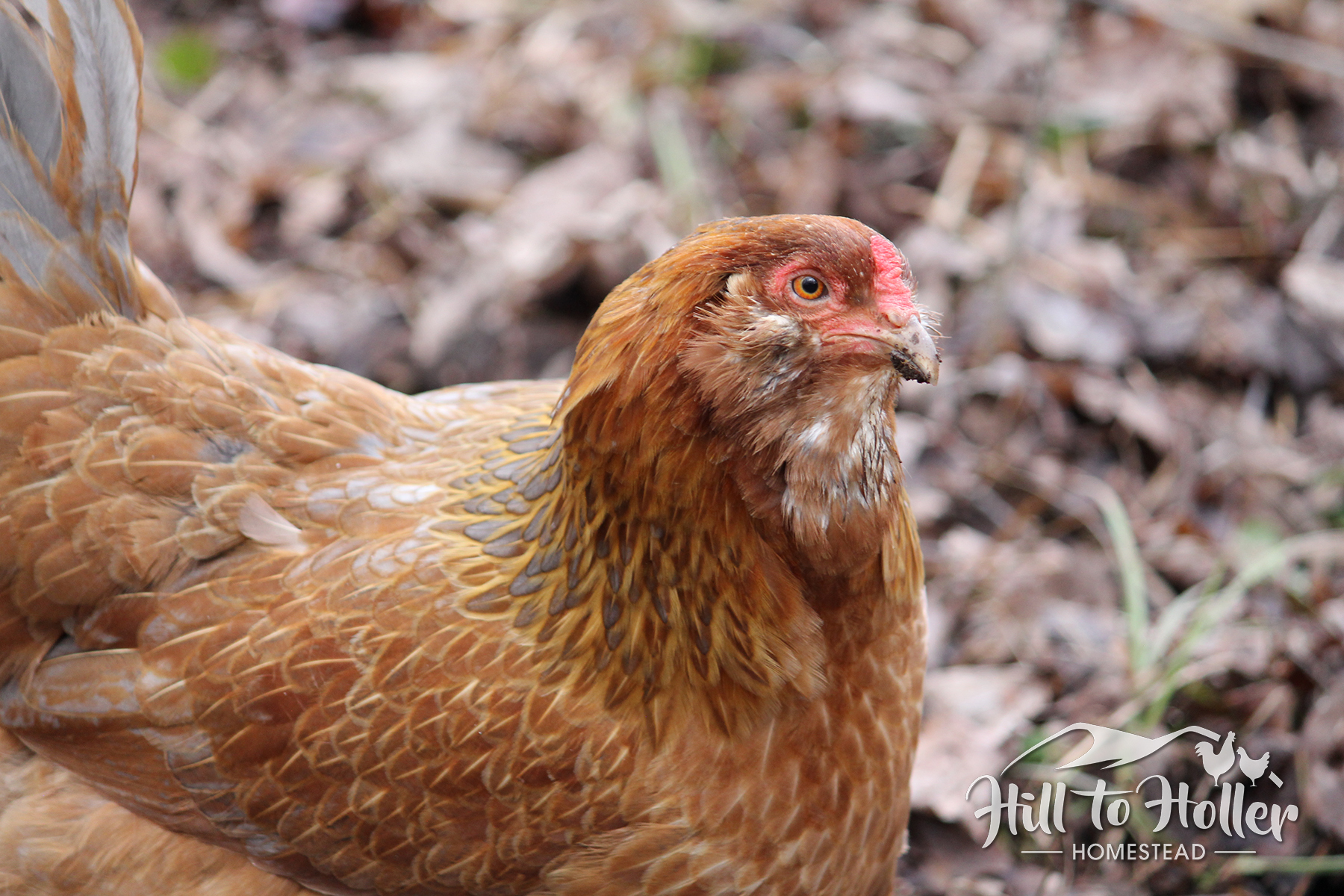
Lucielle, also one of our OG ladies, is an easter egger and our first blue/green layer.
She’s not the most astute and will often be found frantically running to catch up with the rest of the flock, as though she’s late to a party, after they wandered off to a new foraging area while her mind was off in la-la land.
If Lucielle were a person, she would be the type who loses track of time and spends an hour in the bathroom playing on their phone- she will easily spend half the afternoon in the nesting box just dilly-dallying around after laying her egg.
In fact, her lackluster time management is what inspired her name- we were in the middle of doing improvements to the coop when she decided to take her daily nesting box siesta, leaving us to woefully echo Kenny Rogers by singing “You picked a fine time to lay an egg, Lucielle”.
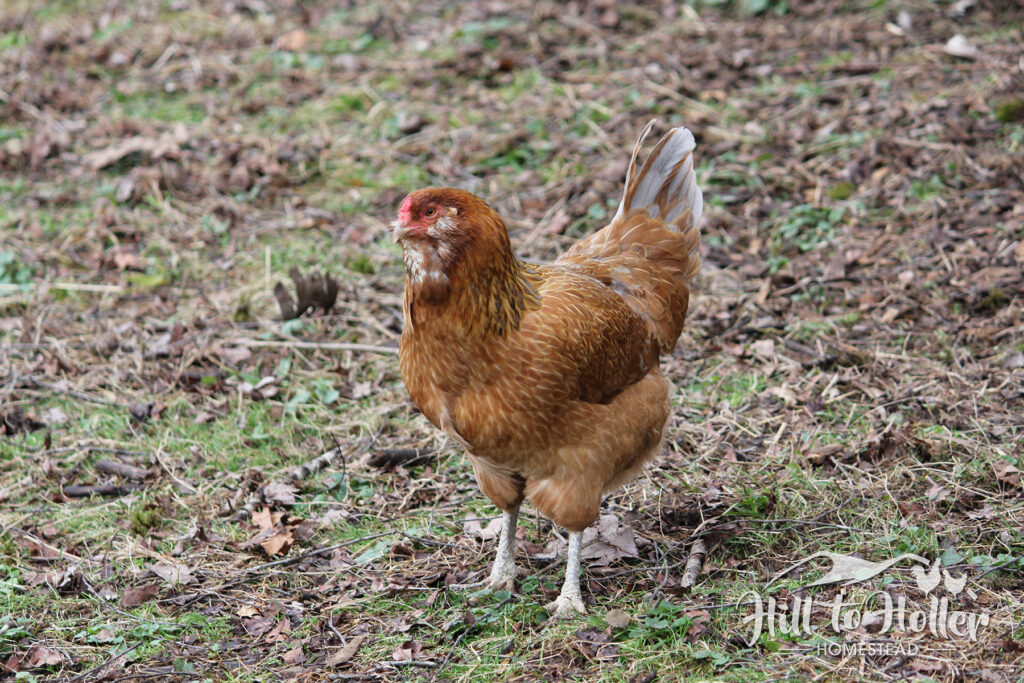
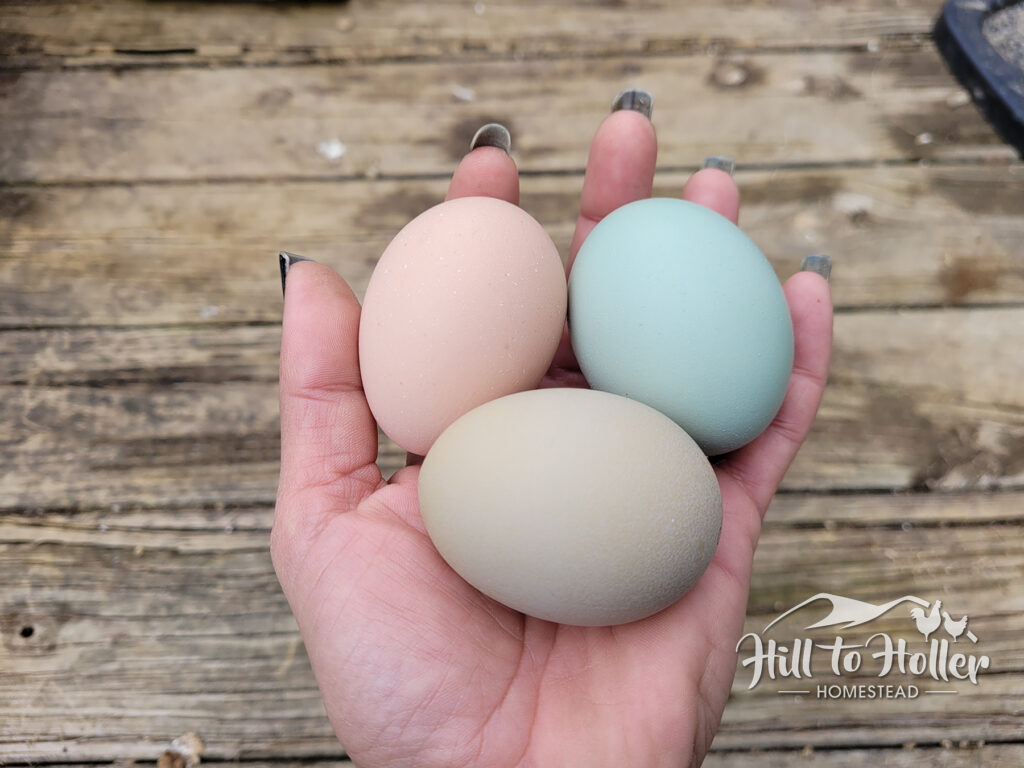
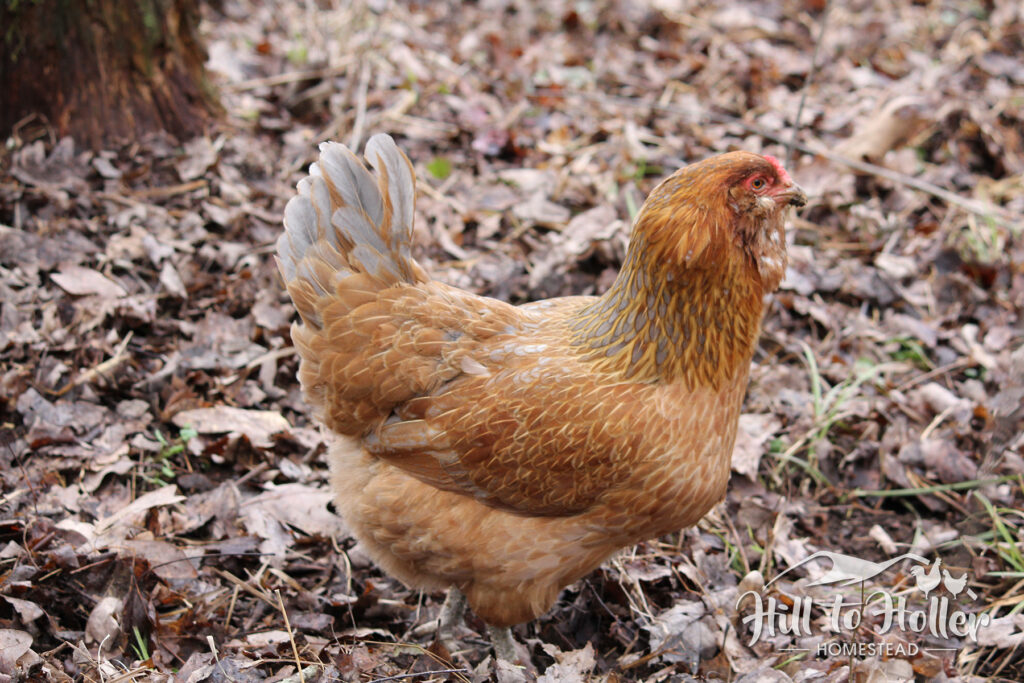
Candling Eggs at Day 7
We candled our eggs at the 7 day mark to check each one for development.
The appearance of spidery veins, and a faint but slightly moving dark spot in the egg indicates that there is a growing embryo inside. Due to the shell color, blue, green, and dark brown eggs are more difficult to see inside of than light brown or white eggs are, even using a high powered candler.
After checking each egg, we mark it either with a “✓” (indicating obvious development), a “?” (indicating less obvious development), or with an “x” (indicating minimal or no perceived development. Some of the blue and green eggs were marked as a “?”, not because there was minimal development, but because at this stage the signs of growth are faint, and even though they may be present, it was difficult to discern what was happening inside of the egg. When we candle again in another 7 days, the signs of life will be more visible.
Eggs that show no developement at all, and have been marked with an “x” are removed and discarded. The last thing we want is for one of them to break and contaminate the incubator and other eggs inside.
Below is a short video showing and explaining what to look for when candling eggs at this stage.
Hatching Chicks 2/2023
Our first time-lapse video of chicks hatching in the incubator.

